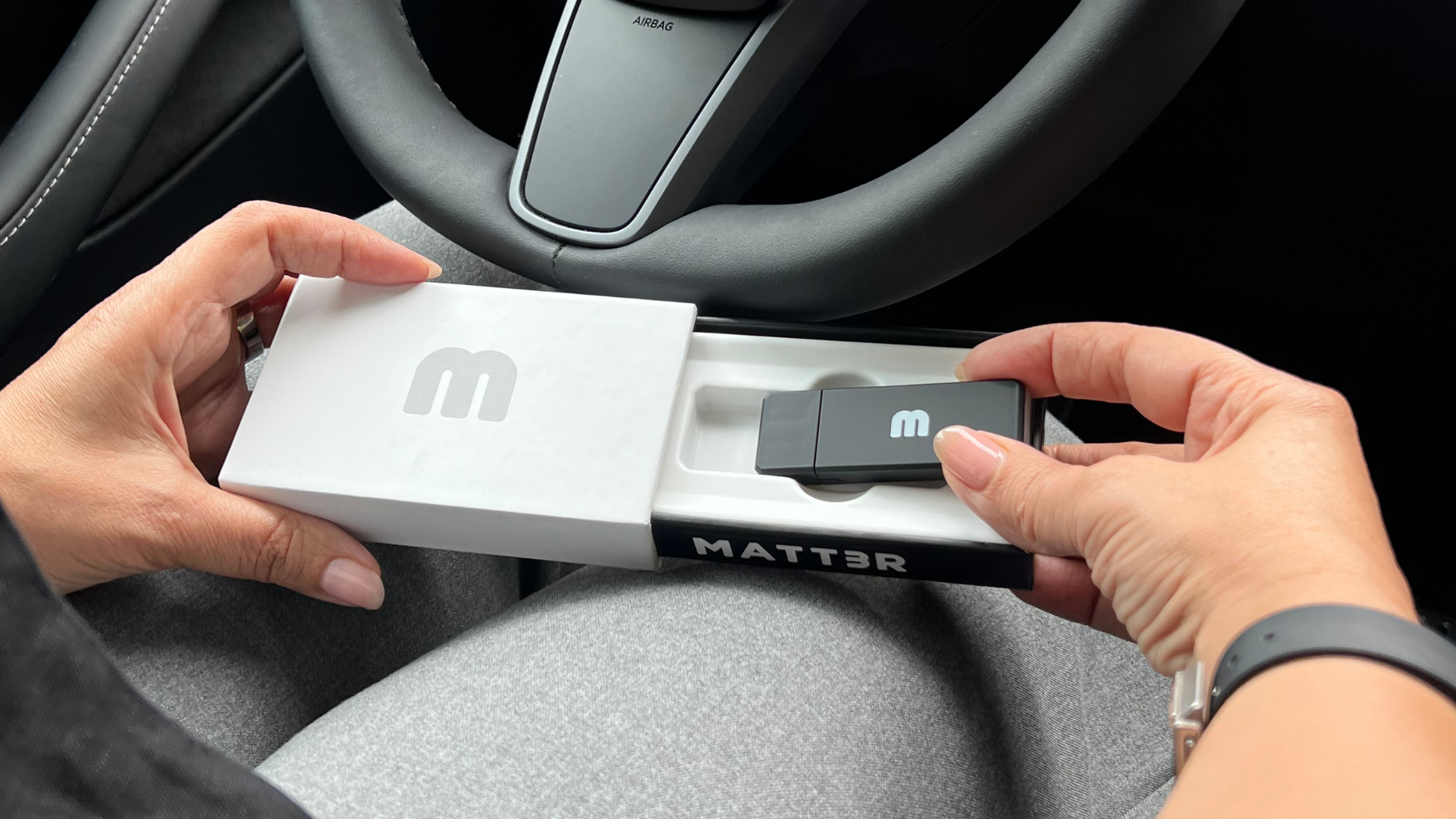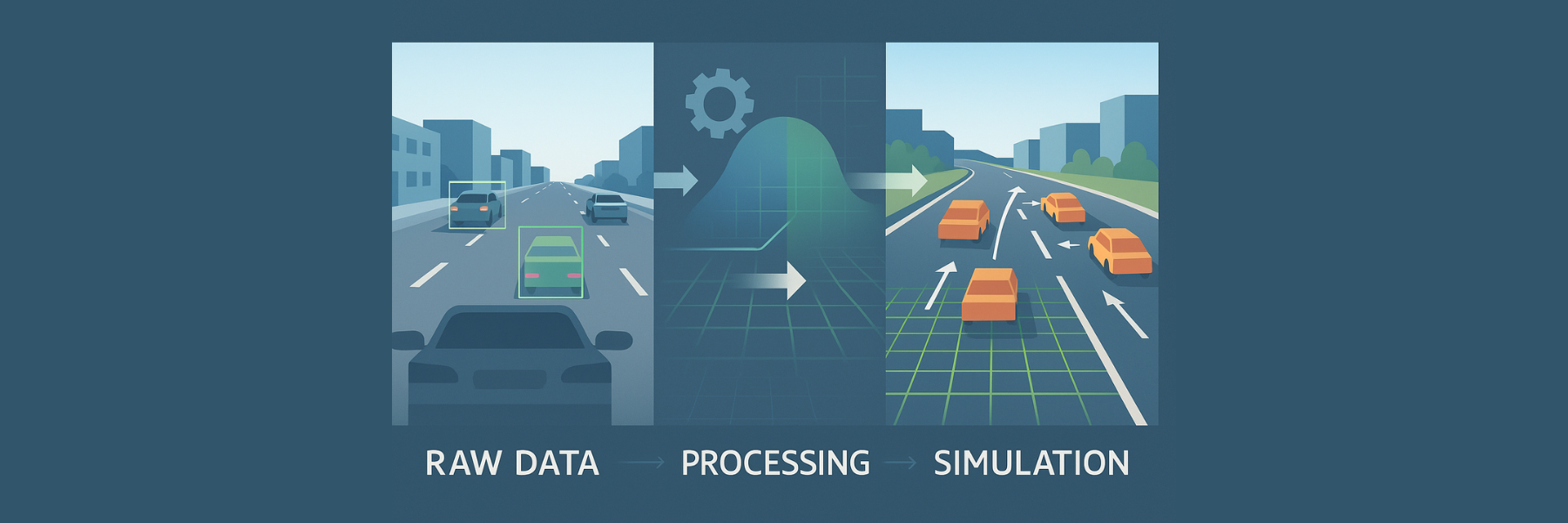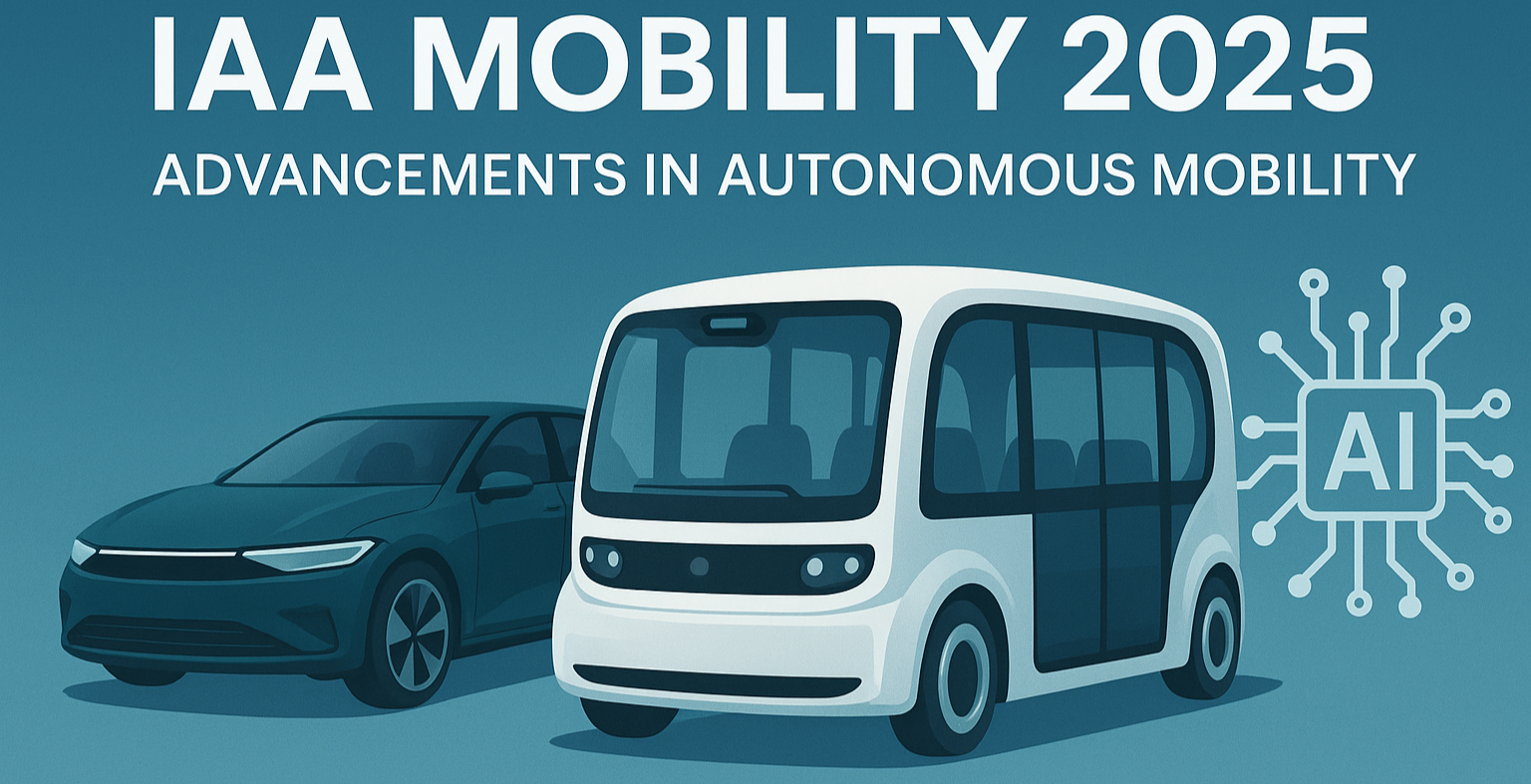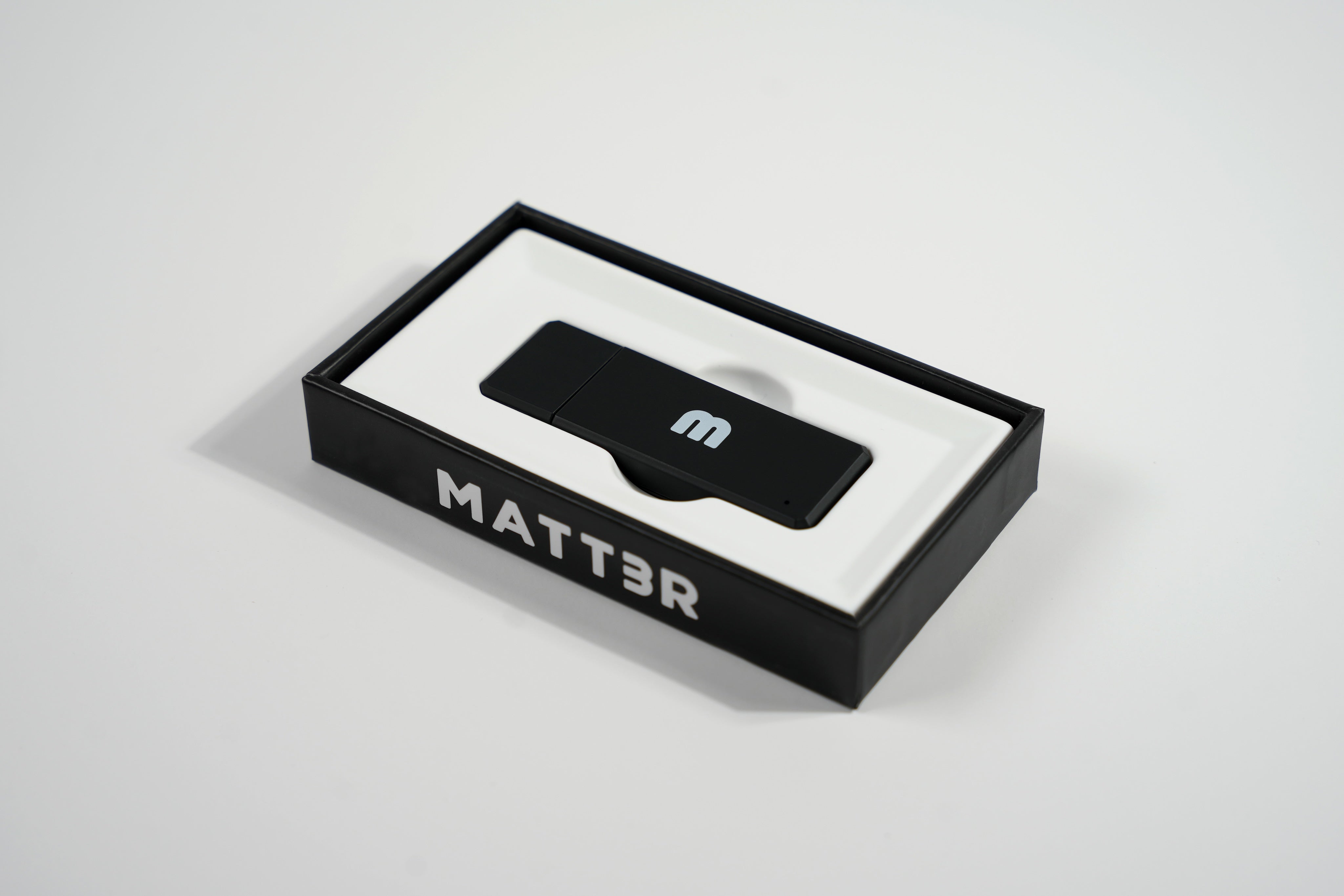OASISS, Micro-Parameters, and the Real Work of Safer Autonomy
Smarter Dashcam, Smarter Driving: Why K3Y Changes the Game
Navigating the Road to Autonomous Driving - Inside MATT3R’s Pipeline for Scenario Reconstruction
IAA MOBILITY 2025: Where Autonomy Gets Real
Unlocking the Next Leap in Autonomous Driving with Foundation Models
Generative Models in Autonomous Driving: GAIA-1 to GAIA-2 and the Realism Gap
MATT3R and DIMO Join Forces to Boost Rewards for Tesla Owners
MATT3R® Unveils K3Y™: Transforming Tesla’s Cameras into Smart Dashcams









